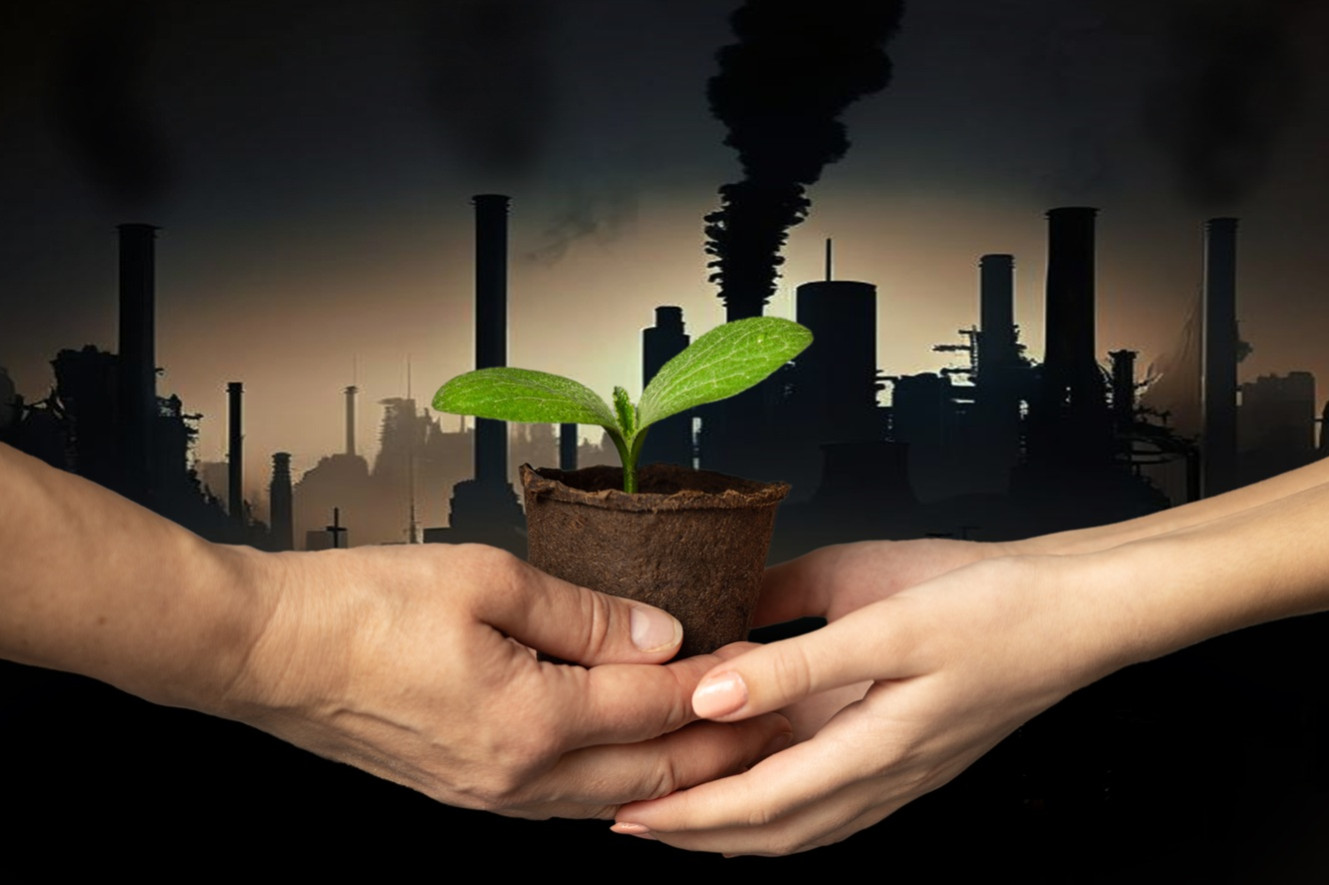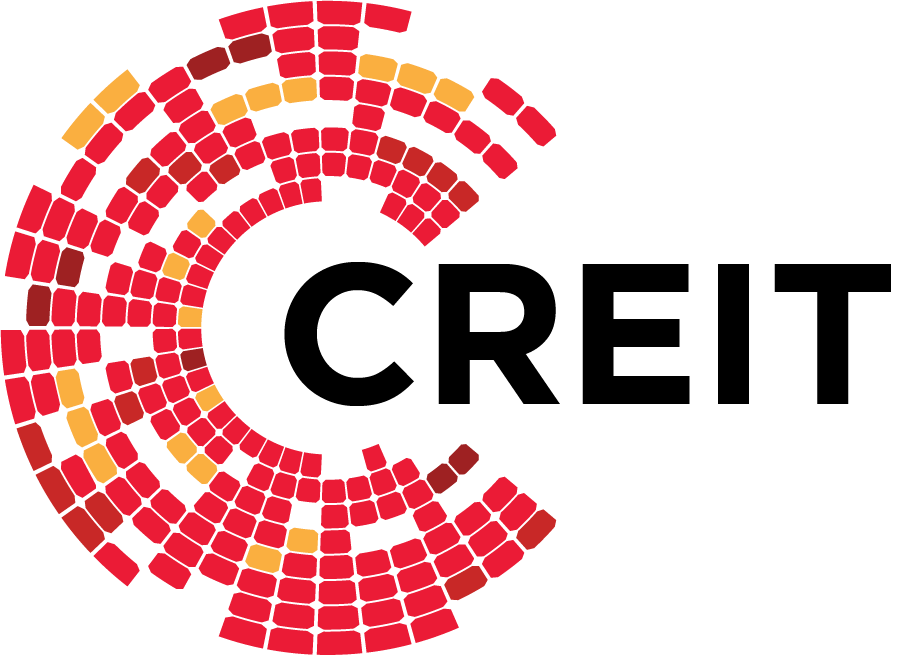The idea of a low-carbon economy has become a revolutionary strategy in the global quest for environmental responsibility and sustainable development. By switching to cleaner and more sustainable energy sources, this economic system seeks to limit its negative effects on the environment and eliminate carbon emissions.
Diving deeper into the concepts of a low-carbon economy provides intriguing new perspectives on how societies may use and manage resources sustainably. Read on as we look into the definition of low-carbon energy, the importance of transitioning to a low-carbon economy, and essential tactics in achieving it.
What is a Low-Carbon Economy?
A system that strives to reduce its greenhouse gas emissions, particularly carbon dioxide, while operating as a standard economic program is known as a low-carbon economy. This approach involves transitioning away from fossil fuels and toward renewable energy sources, such as wind, solar, and hydroelectric power.
Low-carbon economy involves key components, which include increasing the use of renewable energy sources, improving the efficiency of industrial processes to use less energy, and advocating for sustainability practices to conserve resources.
Countries attempting to lessen the effects of global warming now aim to achieve this structure in the long run; with the ultimate goal of creating a sustainable habitat that can thrive while minimizing society’s impact on the planet.
The Importance of Transitioning to a Low-Carbon Economy
Making the shift to a low-carbon and green economy is essential for a number of reasons. It lessens the negative consequences of climate change, encourages sustainable growth, and may have positive economic implications by creating jobs in green technologies. Furthermore, the shift is not only advantageous but also required due to the depletion of natural resources and the worsening of the environment.
This change promotes international efforts to meet the Sustainable Development Goals (SDGs) of the United Nations, which seek to strike a balance between environmental preservation and economic growth.
Economic Benefits
Beyond its effects on the environment, the shift to a green and low-carbon economy has several advantages. Among the economic benefits are:
- • Diversification of the Economy: Economies can lessen their reliance on fossil fuels and possibly lessen their susceptibility to changes in the price of oil by investing in renewable energy and green technologies.
- • Innovation: Green technology is in high demand, which spurs innovation and helps create new jobs and businesses.
- • Positive Effects on Health: By moving away from fossil fuels, air pollution can be reduced, improving public health and possibly lowering medical expenses.

Essential Strategies for Achieving a Low-Carbon Economy
Carbon emissions can be lessened in a variety of ways. These include, for instance:
1. Switch to Renewable Energy
Transitioning from fossil fuels to renewable energy sources like solar, wind, and hydropower reduces reliance on carbon-intensive energy and decreases overall greenhouse gas emissions.
2. Promote Sustainable Practices
Encouraging the use of public transit, electric vehicles, cycling, and walking helps decrease emissions, especially from the transportation sector.
3. Enhance Energy Efficiency
Implementing energy-efficient technologies and practices in buildings, transportation, and industrial processes can significantly lower energy consumption and emissions.
4. Encourage Sustainable Agriculture
Adopting practices that reduce emissions in agriculture, such as regenerative farming, organic practices, and reduced use of synthetic fertilizers.
5. Strengthen Policies and Regulations
Policymaking, from creating to enforcing regulations, plays a critical role in promoting low-carbon practices, such as carbon pricing, emissions trading systems, and incentives for clean energy.
CREIT's Commitment to a Sustainable, Low-Carbon Future
With an innovative green asset portfolio, consistent dividend payments, and 100% occupancy at all times, CREIT provides an alluring investment platform. Considering the move to renewable energy, it works in a vital and crisis-proof sector.
Moreover, CREIT advances the worldwide endeavor to attain a future that is both climate resilient and low-carbon. CICERO Shades of Green, acknowledging the company's dedication to sustainability, granted CREIT their highest evaluation, the "Dark Green," in November 2021. Formerly an affiliate of CICERO and currently a division of S&P Global, Shades of Green conducts neutral, research-based assessments of sustainable financing and green bond frameworks to ascertain their environmental reliability. Shades of Green provides concise details about how well a green bond fits into a future that is robust to carbon emissions.
By attaining a “Dark Green” evaluation, CREIT made history as the first Southeast company to achieve this grade in a company assessment.

Invest in Renewable Energy Toward a Low-Carbon Economy
The idea of a low-carbon economy is a proactive strategy for economic growth. Societies can create a future that is more resilient, ecologically friendly, and economically vibrant by reducing carbon emissions, switching to renewable energy sources, and adopting sustainable behaviors. An investment in renewable energy production can be a first step toward realizing a low-carbon economy.
At CREIT, we offer vital services for crisis-proof businesses with a strong outlook and growing market demand, supported by government initiatives such as the Renewable Portfolio Standards. By investing in CREIT, you can be part of a pioneering initiative that supports clean energy projects, reduces carbon emissions, and promotes environmental sustainability.
Don’t miss out on the opportunity to diversify your portfolio with a forward-thinking investment that benefits both you and the planet by contributing to the achievement of a low-carbon economy. Contact us today to learn more.


